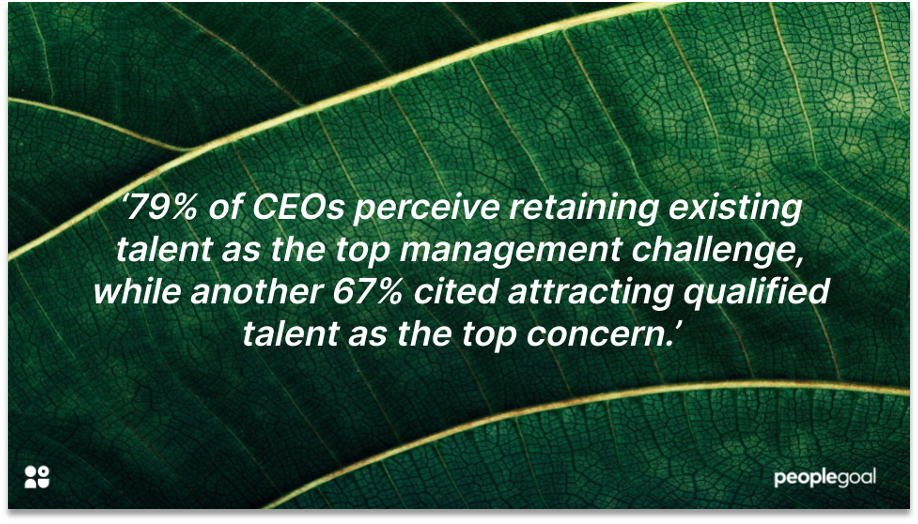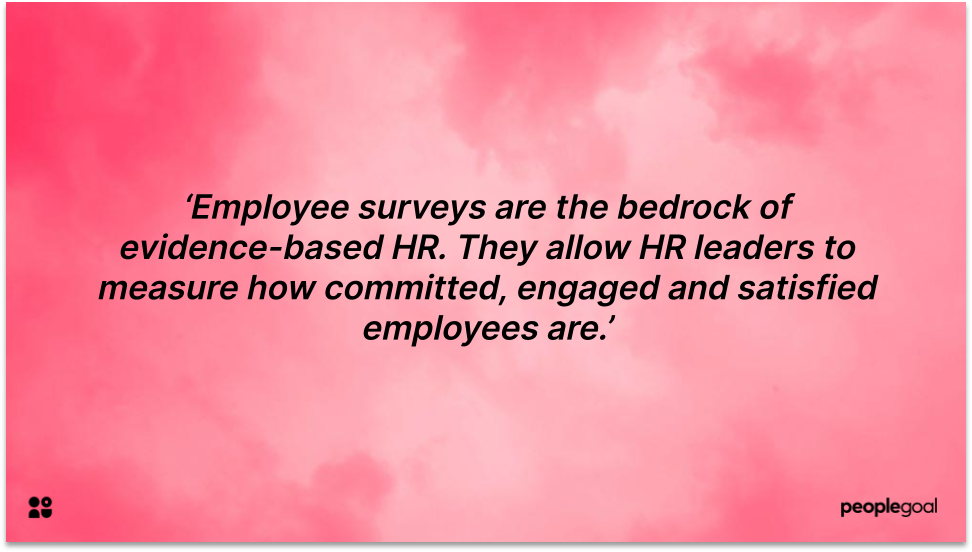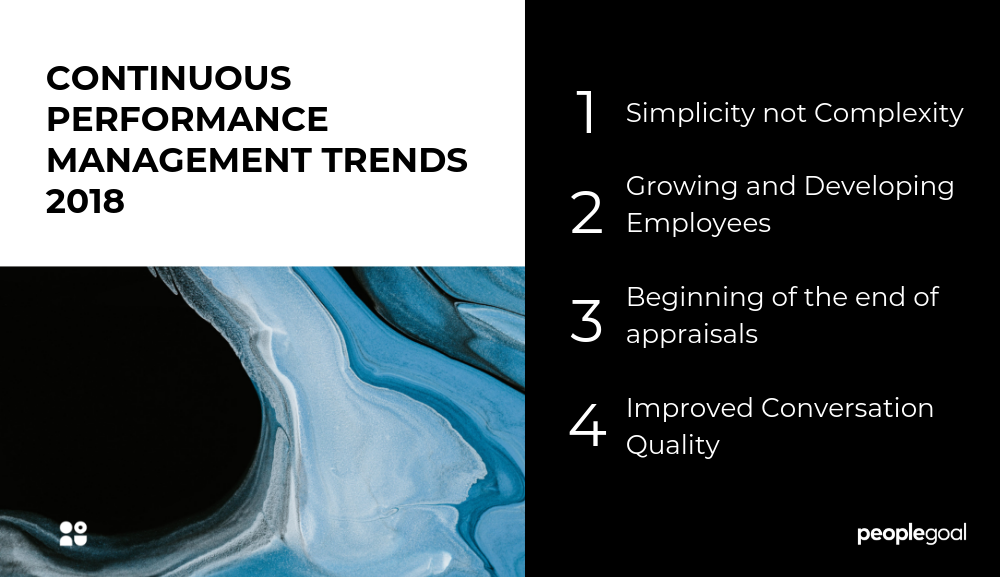Sustaining organizational growth in challenging times
Business leaders are currently facing some serious challenges in regard to their future talent acquisition and human capital strategy. The unprecedented impact of the pandemic and ensuing recession means that a fundamental rethink of business strategy is needed. The way people work, where they work and who they work for is rapidly changing, and business leaders need to plan ahead in order to maintain growth. Strategic workforce planning could be the answer to sustaining organizational growth in difficult times.
63% of CEOs are concerned about availability of key skills
One of the biggest concerns for leaders at the moment is the shortage of skilled talent and the ageing workforce. CEOs are increasingly worried about finding talent with the right skills. 79% of CEOs perceive retaining existing talent as the top management challenge, while another 67% cited attracting qualified talent as the top concern.
Many leaders are well aware of the exceptional challenges that lie ahead, but many seem less certain about how they are going to tackle them. Read on to find out how to implement an effective workforce planning strategy in 10 steps.

What is strategic workforce planning?
Strategic workforce planning is the systematic identification and analysis of an organization’s future talent needs associated with its long-term goals and objectives, establishing a clear strategy that ensures that it will achieve these goals.
Workforce planning aims to align an organization’s people strategy with its evolving needs. It is a continual process due to the constantly evolving nature of organizational change.
It is essential that HR leaders develop a strategic workforce plan that will help their organization to meet its strategic goals by identifying critical talent needs, assessing potential talent risks and developing strategies to mitigate those risks.
What is the goal of workforce planning?
The main goal of workforce planning is having the right talent in the right roles at the right time. The organization will never be over or understaffed, and will be ready to react quickly to changes in the business landscape.
Effective strategic planning will shape the future of HR, enabling People teams to demonstrate their capabilities and influence in managing people processes and in driving overall business success.
The 4 key elements of workforce planning
All workforce strategic planning processes should consider the following essential components:
- Key business priorities must be translated into talent strategy
- HR initiatives must be prioritized based on both current capabilities and projected needs
- Strategic plans must be communicated to key business stakeholders to get leadership buy-in and investment
- Plans must be able to evolve to reflect ongoing changes in business conditions

Common barriers to strategic workforce planning
According to a recent study, only 8% of senior HR leaders believe they are getting a suitable return on investment from strategic workforce planning and talent management. So before you kick off your planning efforts, it is useful to be aware of some of the obstacles that organizations face when they are focusing on workforce planning.

Common barriers that organizations face during workforce planning:
- Lack of the necessary tools and resources
- Failure to align planning with wider businesses goals
- Little to no support from leadership
- Lack of collaboration during the planning process
- Talent and skill gaps not identified correctly
- No reliance on employee data
Although there are some barriers, being aware of the challenges going forward will help you to implement a roadblock free planning process.
Benefits of strategic workforce planning
Effective strategic workforce planning improves HR’s strategic contribution to the organization by 13% and, in turn, drives talent outcomes and revenue.
Investing time and resources in your workforce planning process will set up your organization for success. If you are still on the fence, the following benefits will convince you that it is worth your time.

Benefits of strategic workforce planning:
- Reduce labor costs
- Identify future customer needs
- Devise appropriate strategies for people development
- Identify and improve target areas
- Improve employee retention
- Boost productivity
- Improve work-life balance
- Improve KPIs
Where to begin with your workforce planning strategy
There is no set way to implement a strategic workforce plan. Whilst that might seem contradictory given the title of this article, it actually reflects the unique nature and culture of every organization. The important thing is that each plan must be designed with your organization’s specific workforce in mind in order to identify gaps and anticipate future needs. Strategic workforce planning is no mean feat, but when executed correctly it will have a positive impact on your businesses bottom-line.
10 steps for effective strategic workforce planning

1. Keep in mind the organization’s long term objectives
Strategic workforce planning is about making sure people within your organization are able to deliver the wider business goals. It would therefore be logical to start with those key business goals. Think about where the company is headed in the short and long term, what does it want to achieve, and what human capital can do to help it achieve it. By aligning talent management strategy with the organization’s business strategy, you will start to see real benefits to the organization as a whole.
2. Engage key stakeholders from the outset
It is really important to get leadership and key stakeholders on board before you begin with strategic workforce planning if you want to see real results. You will need to buy-in not only from the HR department, but also from finance, operations and the C-suite.
3. Create a dedicated team
High-performing organizations might already have a dedicated workforce planning team in place, but if your business cannot accommodate this there are ways around it. Establish a project team, where members are able to continue in their normal role and can also join the new workforce planning team. Build your team wisely, with input from senior leadership, finance and HR stakeholders. Establish clear communication channels and segment specific roles within the team.
4. Analyze the current workforce
In this stage of workforce planning, your organization needs to evaluate its gaps and work out what actions it can take to close them. It is essential to carry out some analysis of the current state of the workforce.
What does your workforce look like at the moment? What skills shortage is already apparent? What could be improved on to increase efficiency and enhance employee employee experience?
Reviewing your current talent situation and recognizing the gaps is the first step to better understanding the changes that need to be made to drive improvement. Once the gaps have been identified, create appropriate action plans.
5. Use people analytics
People analytics are a very useful way to get insights about the workforce. What are the current capabilities, skills and size? Collect data on workforce demographics and leverage this information to make smarter, data-driven decisions regarding your workforce.
6. Collaborate
One of the biggest barriers that organizations face during workforce planning is the failure to communicate across the company and gather internal feedback before decision making. It is essential to collaborate with department leaders and managers, as they work closely with employees and will therefore have a better understanding of areas that need improvement.
7. Use innovative technology
An effective planning process requires continual interaction, something that can be improved by using a strategic workforce planning tool. Cloud-based, data driven workforce planning tools encourage collaboration and flexibility, and turn planning into a more agile, collaborative and data-driven process. Using planning technology will allow you to free up budget, model different scenarios, create better alignment between finance and HR and better track workforce plans.
8. Outsource an expert
The complexity of creating an effective workforce planning strategy must not be understated. Don’t be afraid to seek external help. Experts are able to provide your organization with invaluable help and support to make the process more effective. Bringing in some external help will save your organization both time and resources, and will represent a significant return on investment.
9. Anticipate the future
To be ready for the future, you need to have some idea of what is on the horizon. Whilst no one can predict the future, what you can do is create potential future scenarios and plan accordingly. These can be used to create action plans in advance. Then when something unexpected happens, there will already be some contingency measures in place.
10. Evaluate, revise and modify
As mentioned at the beginning of this article, workforce planning needs to be adapted in line with the evolving needs of an organization. It is important to continuously track the progress of your workforce planning strategy in order to identify its strengths and weaknesses, and modify it accordingly. The process needs to incorporate a regular review process in order to gather feedback needed to evaluate the process. The current business environment is constantly changing and evolving, and your workforce planning should too.
Conclusion
Whilst there is no one size fits all solution for today’s talent management issues, strategic workforce planning is an excellent place to start. If your organization hires hundreds of roles a year, it is particularly important to think strategically about how your future workforce can achieve maximum productivity at any given moment.
A clear plan will help to reduce employee turnover, prepare for demographic change and create a long-term talent management strategy that will undoubtably improve your bottom-line.
Check out our top tips for effective workforce planning here.
Ready to 3x Your Teams' Performance?
Use the best performance management software to align goals, track progress, and boost employee engagement.






